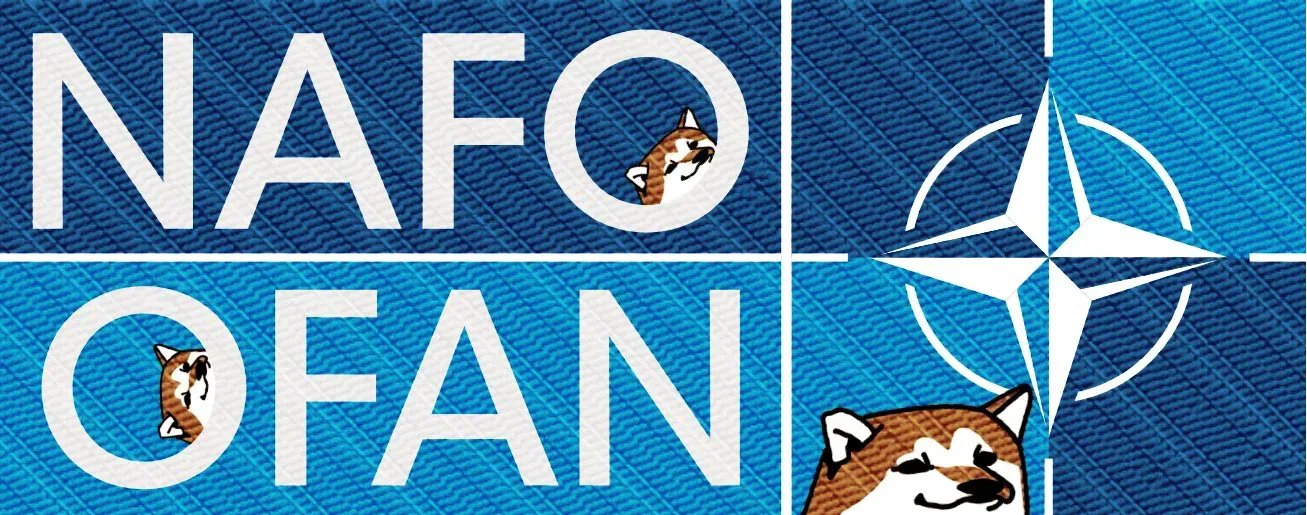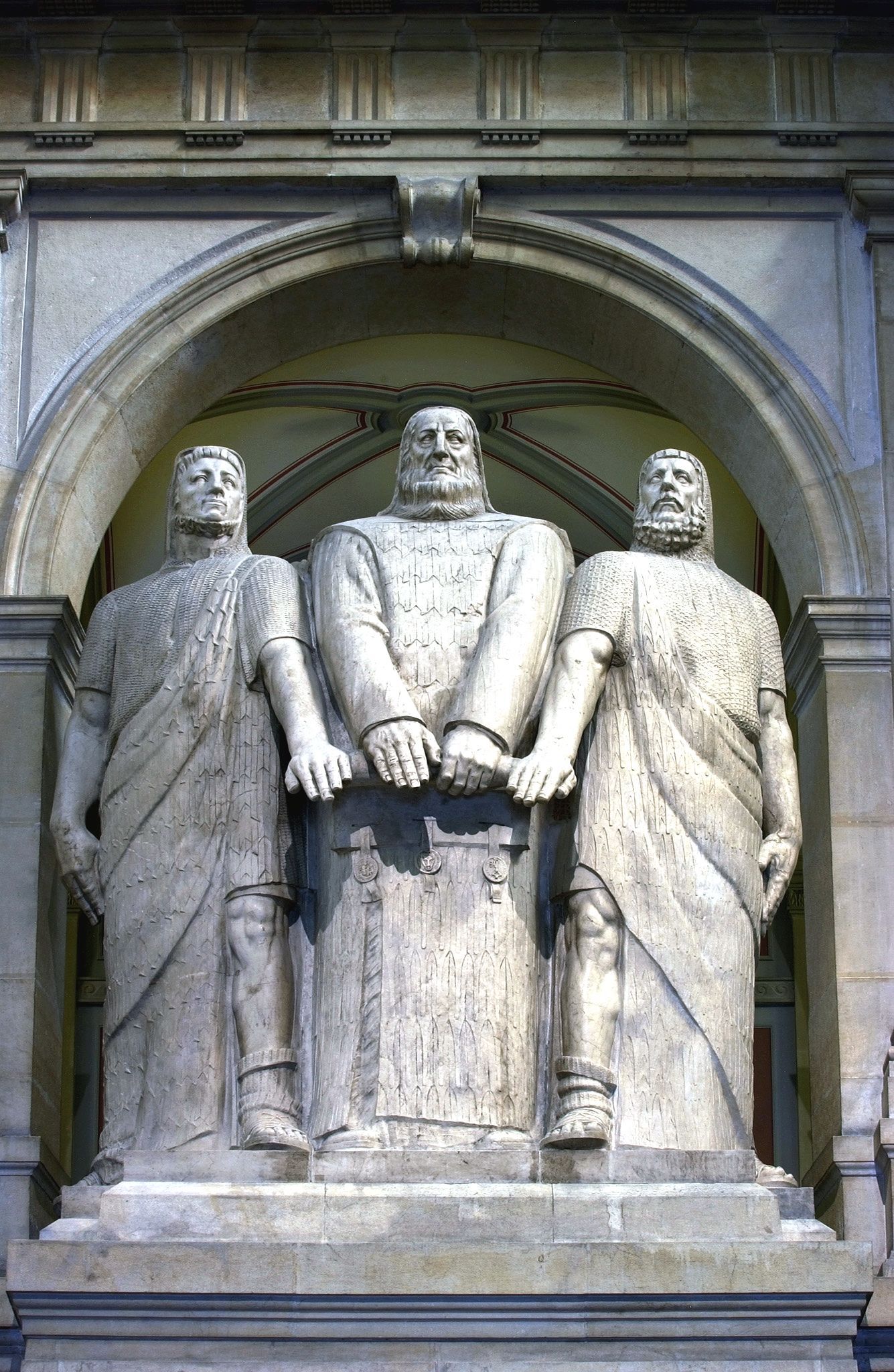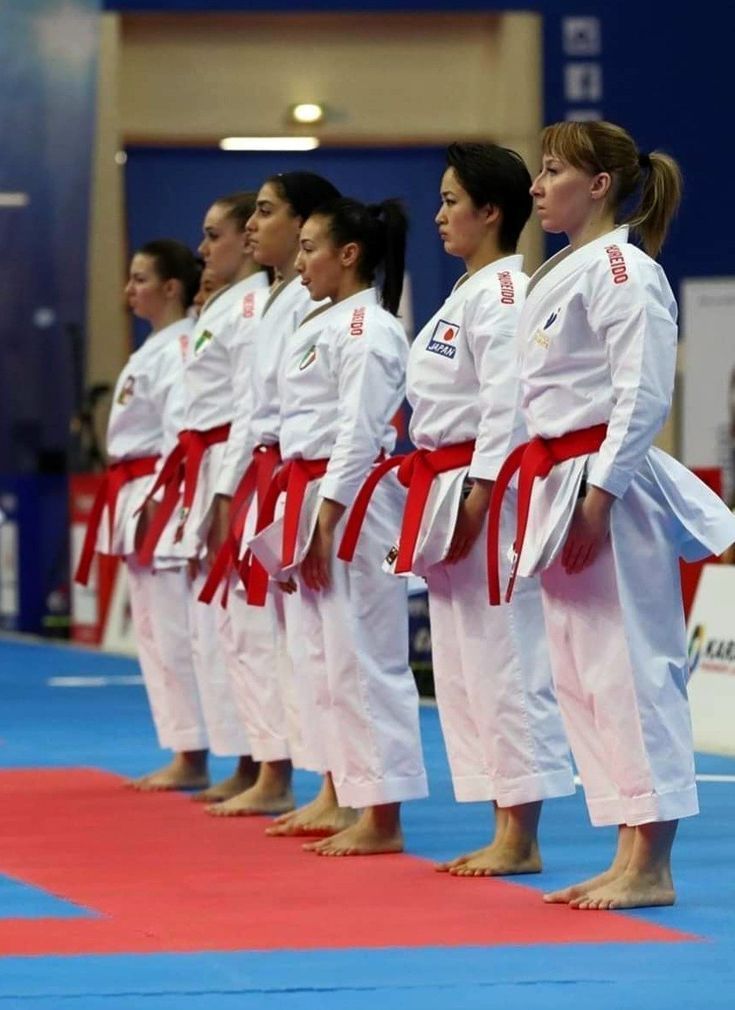The Paradox of Leaderless Organizations: Unity Through Common Values and the Case of NAFO
NAFO Expansion is Non-Negotiable

In an era characterized by rapid technological advancements and shifting social paradigms, the emergence of leaderless organizations presents a transformative approach to collective action and community engagement. Unlike traditional hierarchical structures, these entities prioritize decentralized decision-making and unity through shared values. This comprehensive exploration examines the philosophical foundations, organizational strategies, challenges, and global implications of such movements, with a particular focus on the North Atlantic Fella Organization (NAFO) as a prime example.
Philosophical Underpinnings and Conceptual Framework
The advent of leaderless organizations marks a significant departure from conventional leadership models, favoring a system where power and responsibility are distributed among all members. This approach is rooted in historical and philosophical ideologies such as anarchism, which advocates for self-governance and the abolition of hierarchical authority, and participatory democracy, emphasizing the direct involvement of individuals in decision-making processes. These principles are complemented by modern network theory, which highlights the strength and efficiency of decentralized networks. Collectively, these ideologies form the backbone of leaderless organizations, advocating for a system where collaborative effort, driven by shared values and mutual respect, is paramount. This theoretical foundation challenges traditional power dynamics and promotes a more egalitarian, responsive, and resilient form of collective action.
NAFO: An Exemplary Model of Decentralized Solidarity
The North Atlantic Fella Organization (NAFO) embodies the principles of a leaderless organization. Originating from an online collective, NAFO has evolved into a significant socio-political movement without central leadership. Members, or "Fellas," are bound by a commitment to uphold democratic values and support specific geopolitical interests. This unique structure allows for a diverse range of independent actions and contributions, all advancing the collective mission. The success of NAFO highlights the potential of decentralized movements to mobilize individuals across different geographies and cultures, driven by a common cause and identity. This case study serves as a vital reference for understanding the dynamics, strengths, and limitations of leaderless organizations in contemporary socio-political landscapes.
The Rise of a New Nobility: A Confederacy of Shared Values
In leaderless organizations, a novel form of nobility emerges, one not defined by lineage or status but by a shared dedication to ethical principles and collective goals. This modern nobility is accessible to anyone willing to contribute positively to the community's shared objectives, fostering a meritocracy based on action and commitment rather than privilege. Such a model promotes a confederacy of values, where members from diverse backgrounds unite under a common banner of ethical standards and humanitarian goals. This concept challenges conventional notions of elitism and authority, offering a more inclusive and democratic approach to leadership and social distinction. By embracing a broad spectrum of perspectives and experiences, leaderless organizations can cultivate a rich, multifaceted understanding of nobility, grounded in mutual respect and common purpose.
Organizational Challenges and Strategic Adaptation
Despite their innovative approach, leaderless organizations face significant challenges, including maintaining coherence without a central authority, ensuring effective communication across dispersed networks, and safeguarding the movement's integrity against external threats and internal conflicts. To address these issues, such organizations must develop robust frameworks for collaboration and decision-making that balance individual autonomy with collective goals. Effective use of digital platforms and social media is crucial for coordination and dissemination, enabling members to share information, strategies, and resources efficiently. Additionally, establishing clear values and principles can help align members' actions and foster a sense of shared identity and purpose. By navigating these challenges with strategic foresight and adaptability, leaderless organizations can enhance their cohesion, efficacy, and impact.
Global Impact and the Path to Success
The ultimate ambition of leaderless organizations is to transcend local and national boundaries, evolving into a global movement based on universal human values. To achieve this, they must resonate with broad audiences, addressing common concerns and aspirations while respecting cultural diversity. Success in this arena requires not only widespread mobilization and engagement but also the ability to inspire real-world change through innovative solutions and collective action. The global reach and influence of such movements depend on their capacity to adapt to different contexts, integrate various perspectives, and remain committed to their foundational values amidst changing circumstances. If leaderless organizations can maintain their core principles while embracing global diversity, they have the potential to catalyze significant social and political transformations, fostering a more interconnected, just, and equitable world.
Conclusion: A New Paradigm for Collective Endeavor
Leaderless organizations challenge traditional paradigms of leadership and community engagement, offering a promising alternative for the future of social and political activism. Through decentralization, shared values, and collective action, these movements embody a more inclusive, responsive, and dynamic approach to addressing complex global issues. While navigating the path forward presents numerous challenges, the potential rewards—a more democratic, equitable, and united global community—are immense. As we witness the unfolding impact of movements like NAFO, it becomes clear that the leaderless model, with its emphasis on autonomy, collaboration, and shared ideals, holds significant promise for redefining the landscape of collective action and global solidarity.















